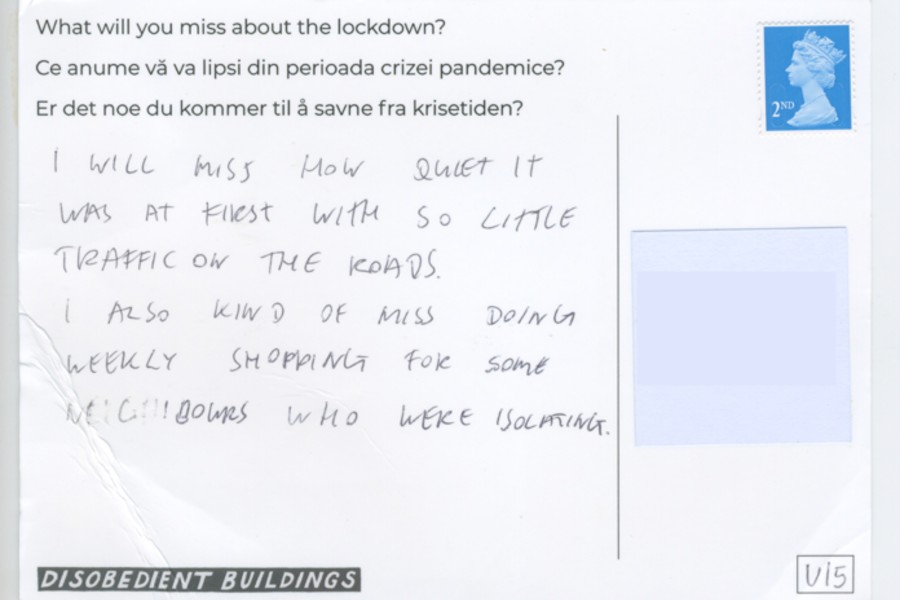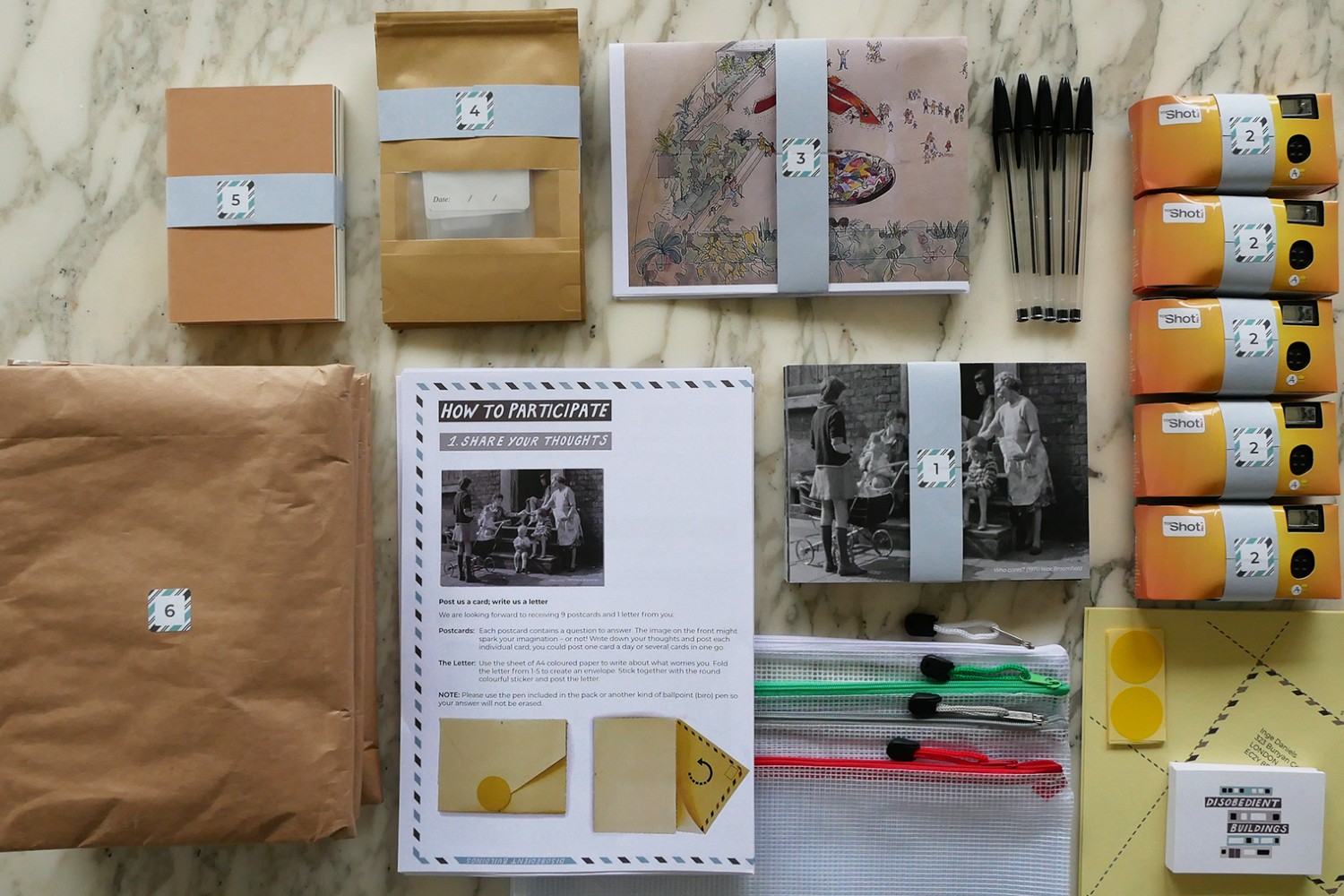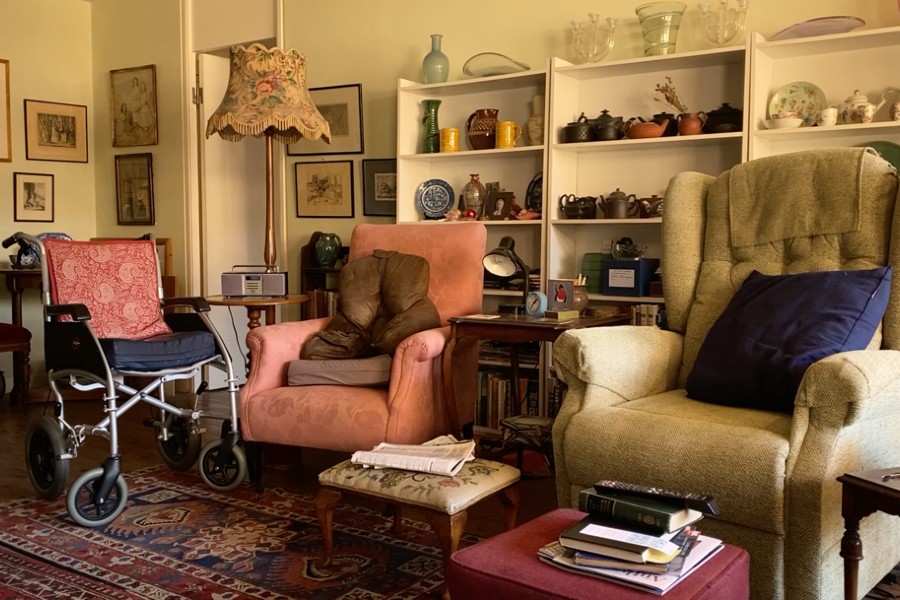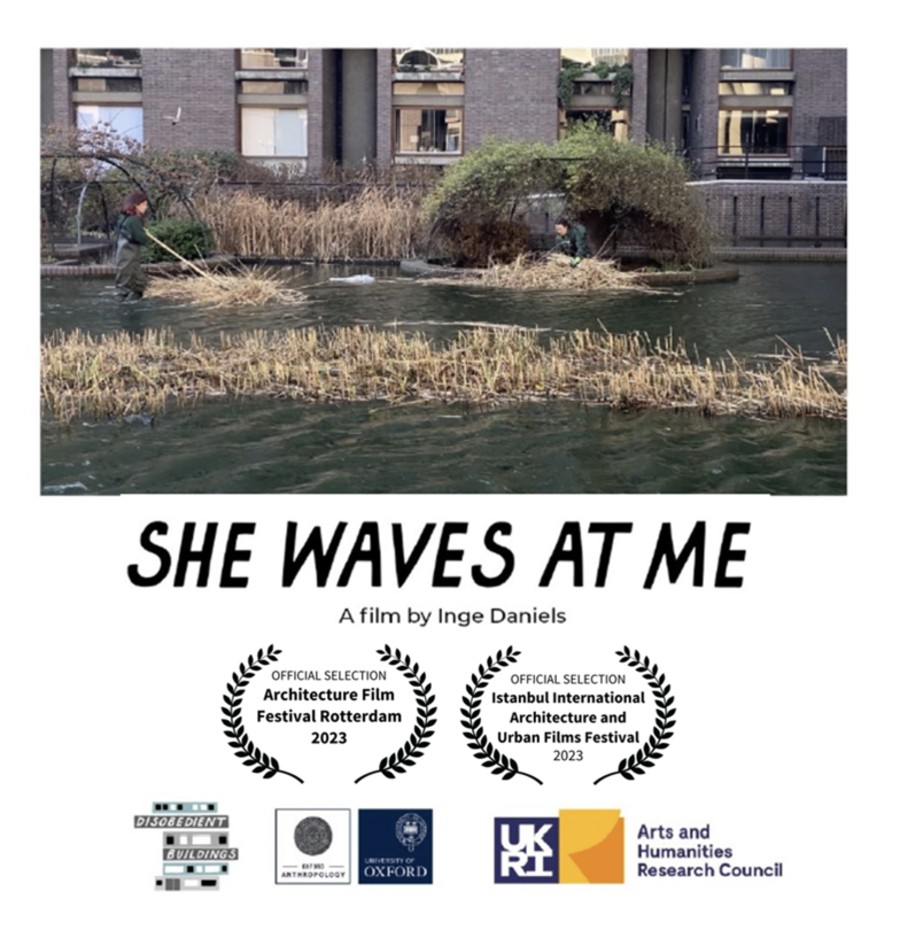Urban design is constantly evolving, with new technologies and amenities shaping the buildings and homes of the future. Across London, new tower blocks are emerging, boasting a plethora of features such as:
- gyms
- co-working spaces
- renewable energy sources
- automated functions
However, this is not the reality for all UK residents. What is life like for those living in aging tower blocks? Participants in the Disobedient Buildings project loved living in these well-designed, sturdy spaces. But, because of a decline in long-term investment and a lack of maintenance over the last forty years, inhabitants struggle to keep their homes comfortable and safe.
AHRC-funded project Disobedient Buildings is rewriting reality for tower block residents by challenging dominant narratives of decline and stigma by exploring how innovation can also mean caring for and improving existing infrastructure. This approach ensures that real-life, day-to-day concerns and needs are addressed, ultimately aiming to improve the quality of life for residents.
About the project
Based at the University of Oxford, Disobedient Buildings is a research project about housing, welfare and wellbeing, studying how changes in government policies over the last 30 years have affected people living in old tower blocks in the UK, Romania and Norway. This important research was made possible by an AHRC responsive funding scheme that supports curiosity-driven projects independently designed by research teams.
As health and safety incidents rise in old and retrofitted apartment buildings worldwide, the Disobedient Buildings team is exploring how residents of aging tower blocks strive to create safe and comfortable homes. Celebrated in the 1960s and 1970s as the height of modern living, these buildings symbolised a promise between citizens and their governments.
The project’s focus on housing highlights the gap between those original grand ideas and current lived experiences of challenges to welfare, health and wellbeing. This focus helps draw policymakers’ attention to the reality that homes are not just economic assets but personal spaces where people live, work, raise families, build relationships and experience love, loneliness and joy.
It also calls for a reimagining of home, not only as a place of shelter but as a site of continuous care, one that must be actively shaped to ensure safety, dignity and wellbeing for all.
Housing and Covid 19

A postcard from the projects pack toolkit. Credit: Professor Inge Daniels.
After COVID-19, homes have become more than just places to live. They are now also offices, schools, gyms, and more. This change means homes need to be comfortable and reliable while capable of meeting basic needs and the demands of contemporary lifestyles.
The Disobedient Buildings team created research packs during COVID-19, using low-tech tools like postcards and cameras to help participants explore their homes. This led to innovative housing insights revealing what really matters to them on the ground.

A layout of the pack toolkit. Credit: Professor Inge Daniels
These AHRC-funded researchers are finding out what residents cherish and how things can be improved for them to live a better life, and the policy insights they’re sharing will help make that a reality for more people.
The voice of residents
The team is working with galleries, hosting photographic exhibitions co-created with residents, and publishing podcasts to engage audiences and policymakers while highlighting the needs of the residents, in their own words and voices.

Living room. Credit: Professor Inge Daniels
In a very practical immediate outcome, this research has empowered residents of a central London tower block to effectively challenge redevelopment plans that did not align with the community’s needs.
Award winning film

A promotional poster for the film She Waves at Me by Inge Daniels. Credit: Professor Inge Daniels
‘She Waves at Me’ (2022) is an ethnographic film from the Disobedient Buildings project, highlighting the interplay between aging bodies and buildings. The film captures small acts of care that shape life in later years.
It has been widely recognised, screening at academic seminars and conferences internationally. It was a finalist at the Rotterdam Architecture Film Festival (2023) and the Istanbul Architecture and Urban Film Festival (2023), demonstrating its impact beyond anthropology into architecture and urban planning.
Additionally, Age UK has used the film in public discussions on wellbeing and health among older urban residents.

